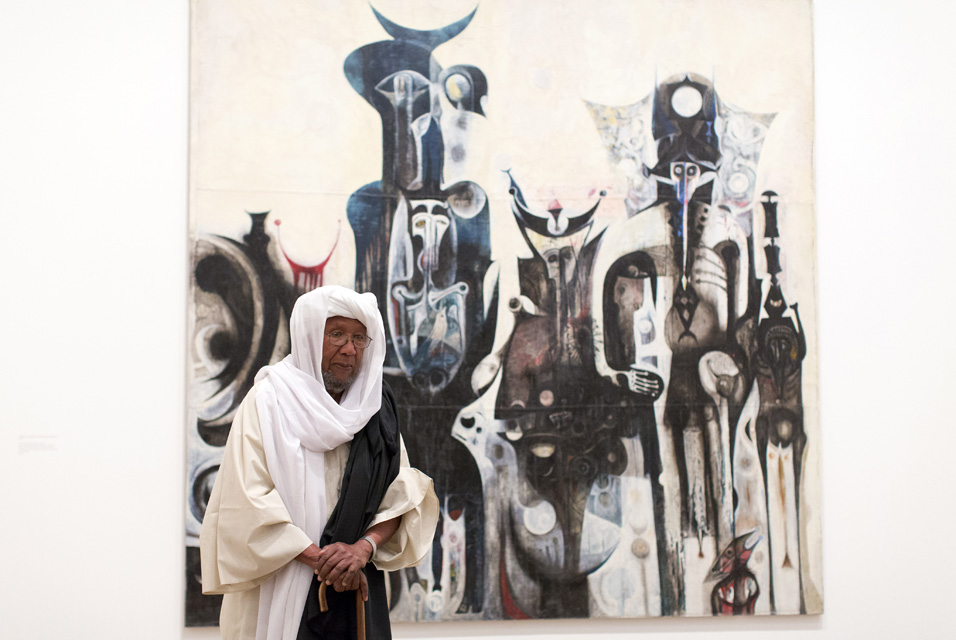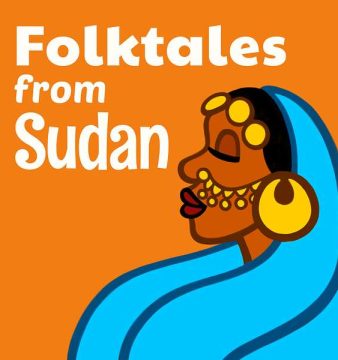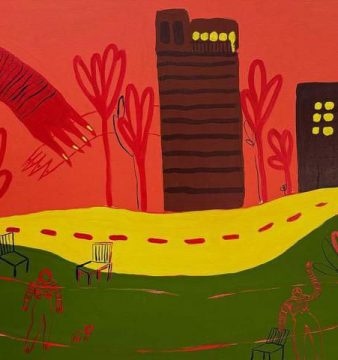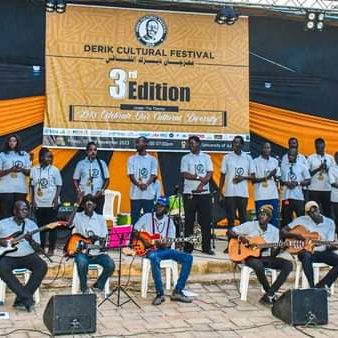Ibrahim El-Salahi: inspiration through art
‘There is no painting without drawing and there is no shape without line, in the end all images can be reduced to lines.’
Stop a few strangers, ask to which visual artist they think these words belong and most likely you will hear names along the lines of Picasso, Van Gough, Da Vinci; or maybe if they happen to like modernist art, Damien Hirst. No, wrong. Give them a hint: these words belong to an African artist.
A long pause.
Nelson Mandela?
On July, 2013, Sudanese artist Ibrahim El-Salahi became the first African modernist to have an exhibition dedicated to him at the Tate Modern in London. The quote was printed on crisp white walls in bold proud font, surrounded by five enormous rooms, each filled with art dedicated to a different era in El-Salahi’s life. It was an exhibition to behold, an achievement to celebrate and an opportunity to inspire generations, especially Sudanese generations.
Yet as September came to an end, bringing with it the end of the exhibition ‘Ibrahim El-Salahi: A Visionary Modernist Artist’, I couldn’t shake off the feeling that not enough Sudanese generations had witnessed this historical event. Why? I believe that a culture where a career in medicine or architecture is encouraged, but one in the arts is often regarded as a faux pas, is to blame.
There is no doubt that the Sudanese culture, in all its creative beauty, revels in the arts. Attend a wedding and you will see this example in microcosmic concentration: the music by the latest Fanan, the Henna decorations adorning every woman’s hands and feet, and the traditional Toub dress worn in every possible style and design.
But where are the visual artists? Where are the chances to wonder why a painting was named ‘They Always Appear’ or get to appreciate, for example, an artist’s collaborations with writers, poets, or other human beings?
They exist, but they are far too few.
Art, the epitome of expression, is either not present or is taught to have no existence in cultures where expressionists are oppressed. When one realizes, however, that cultures are maintained by people, and people hold the power of change, generations can be inspired to reduce faux pas to lines, erase them and redefine them.
So dear stranger, behold, celebrate and become inspired by the father of African modernism, Sudanese artist, Ibrahim El-Salahi.





